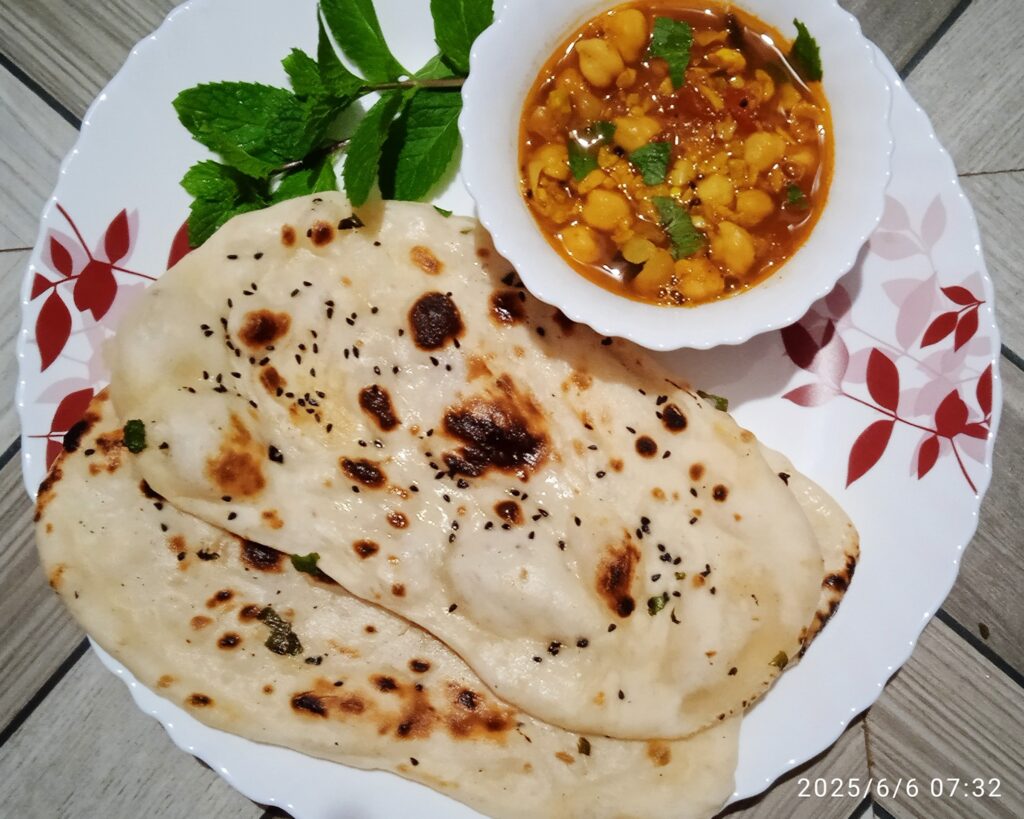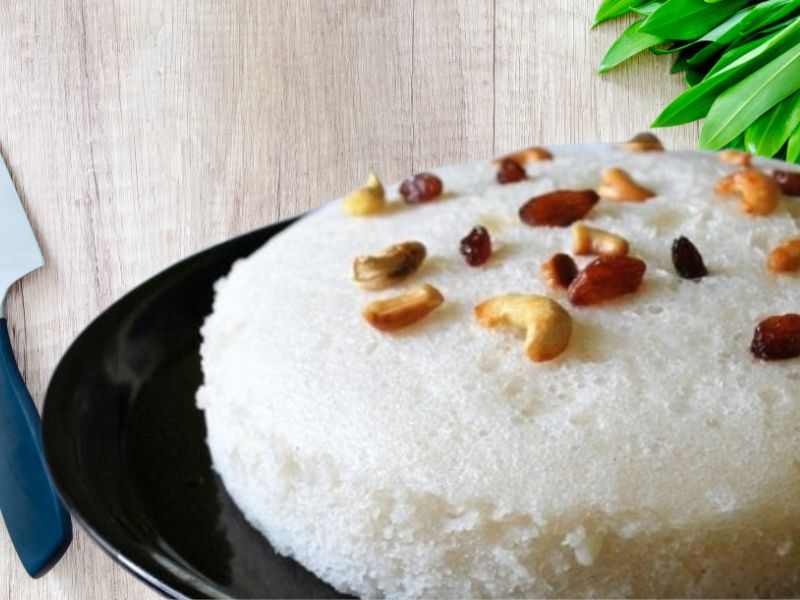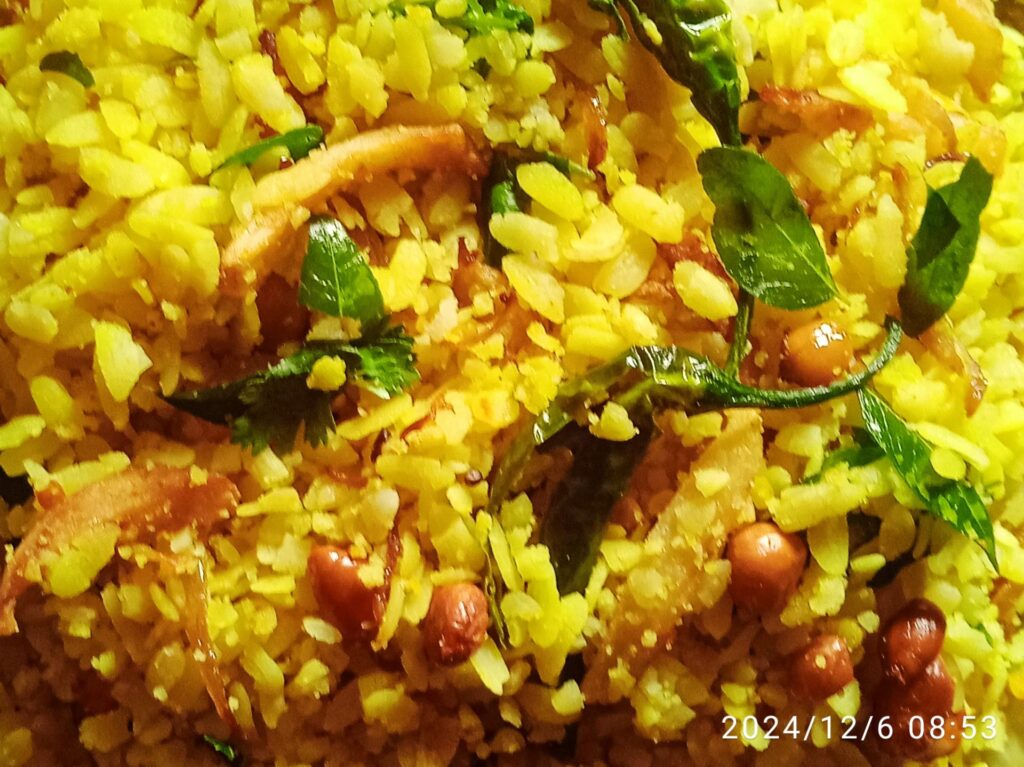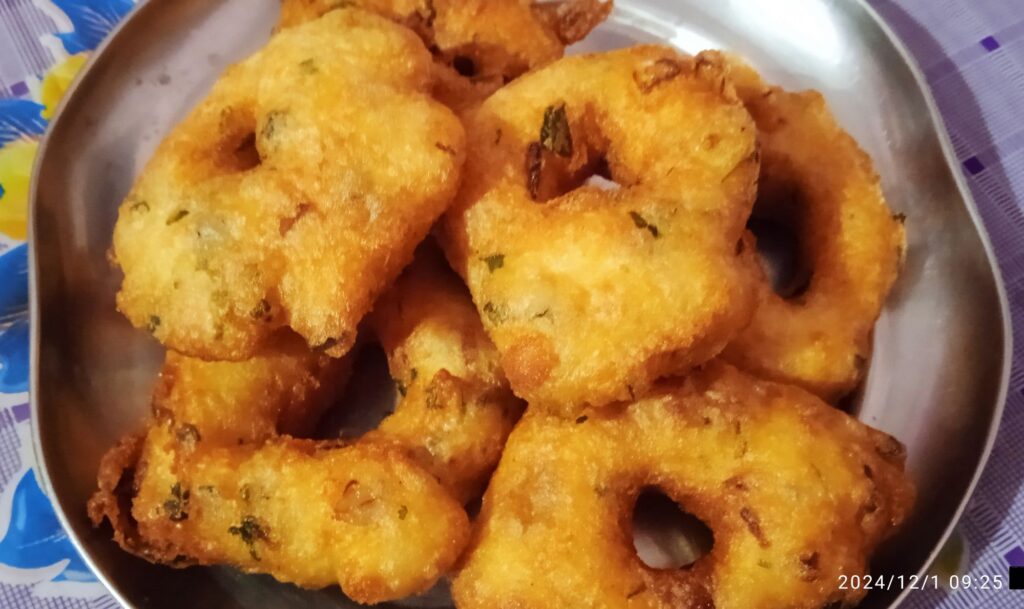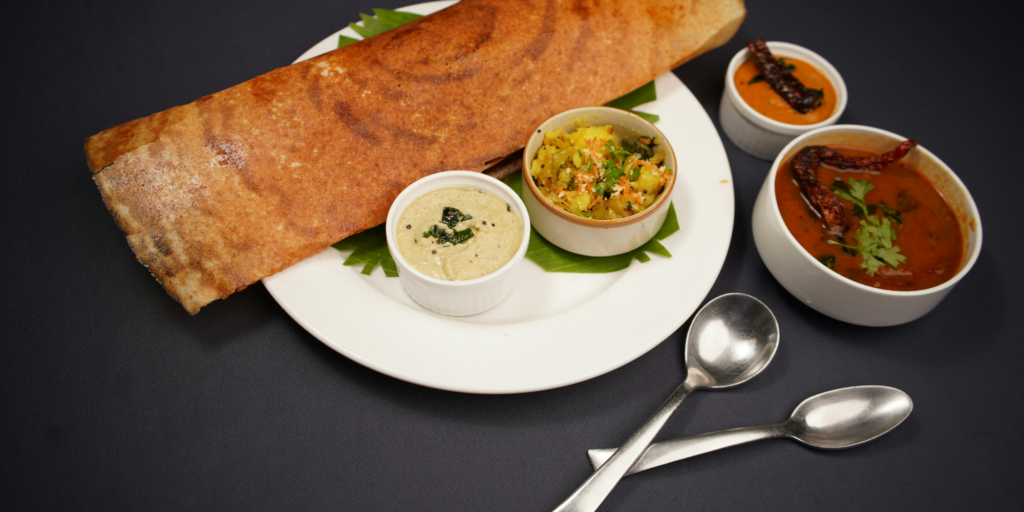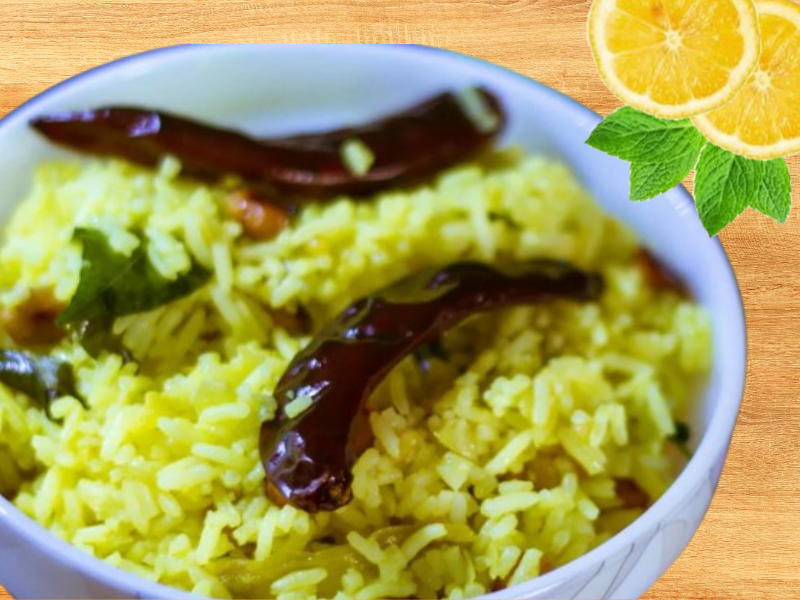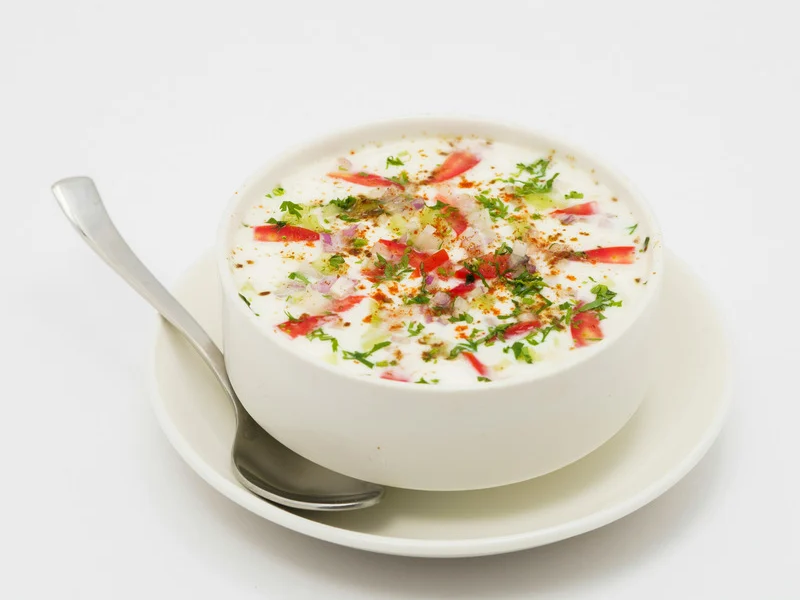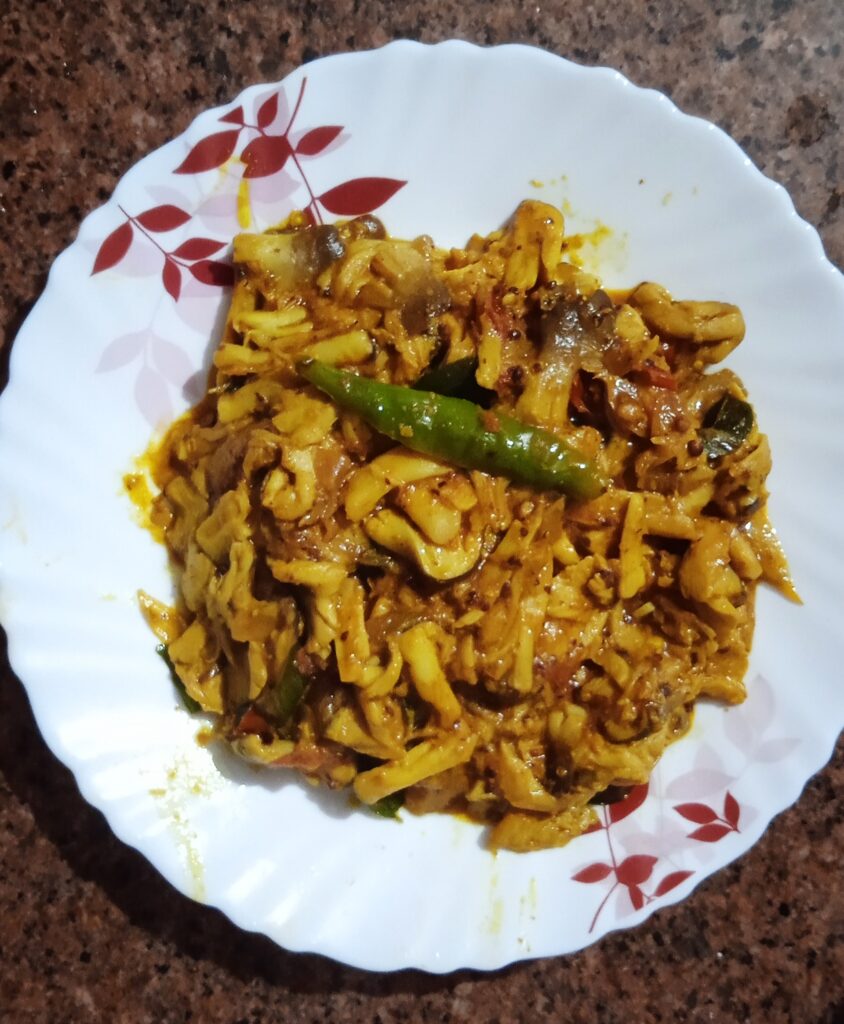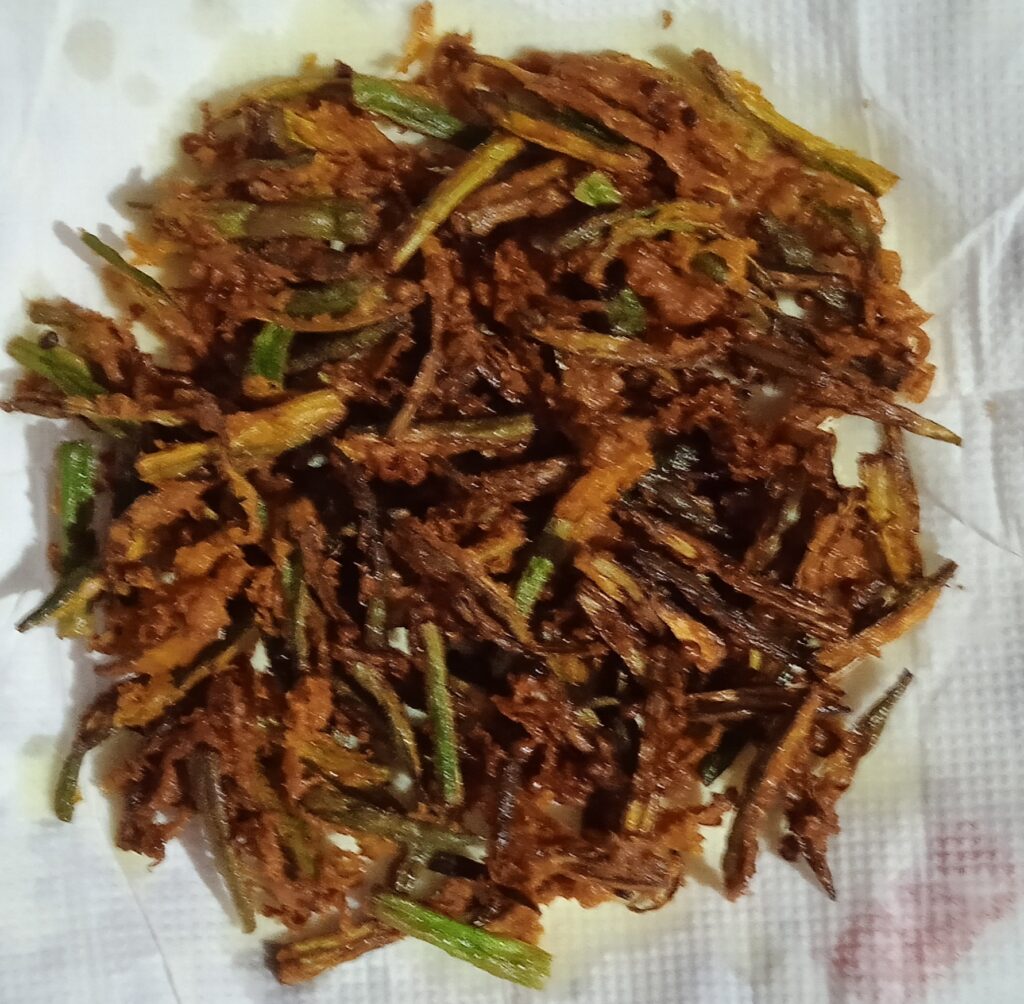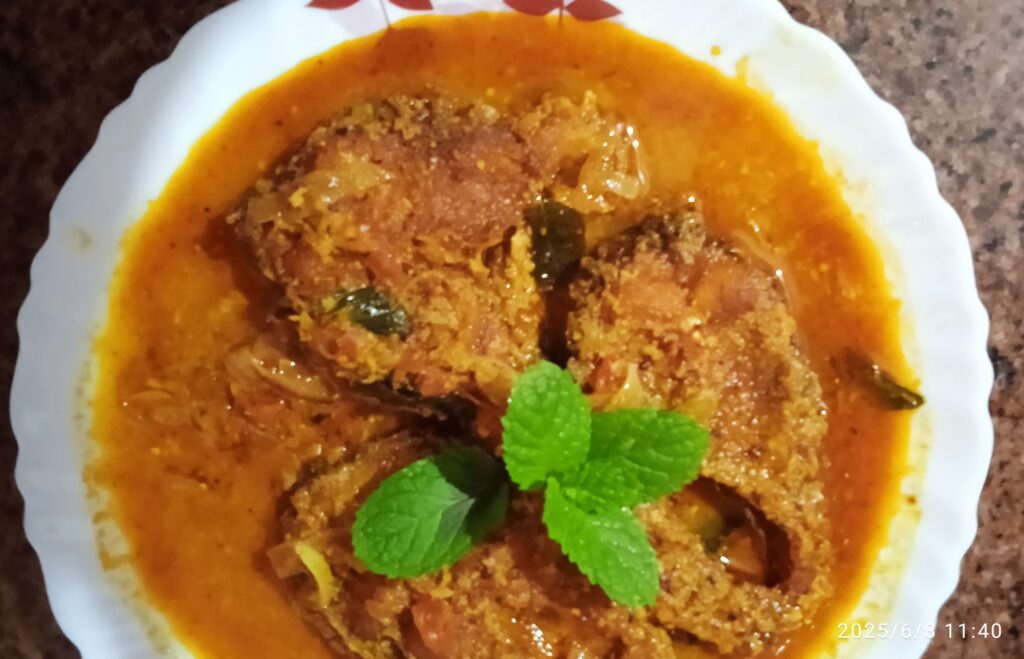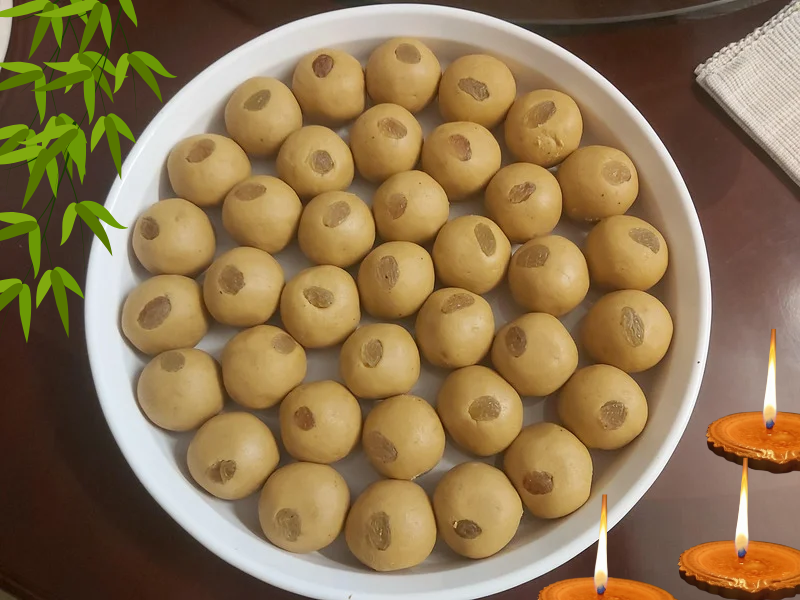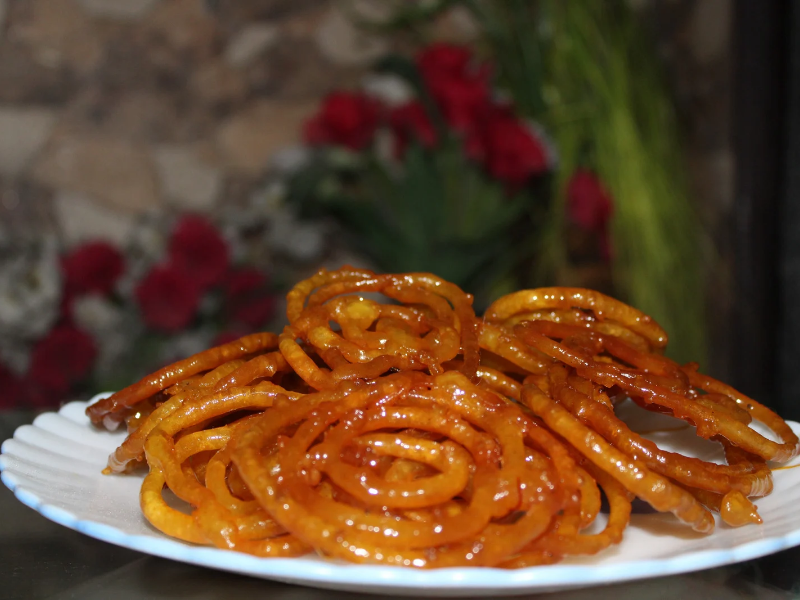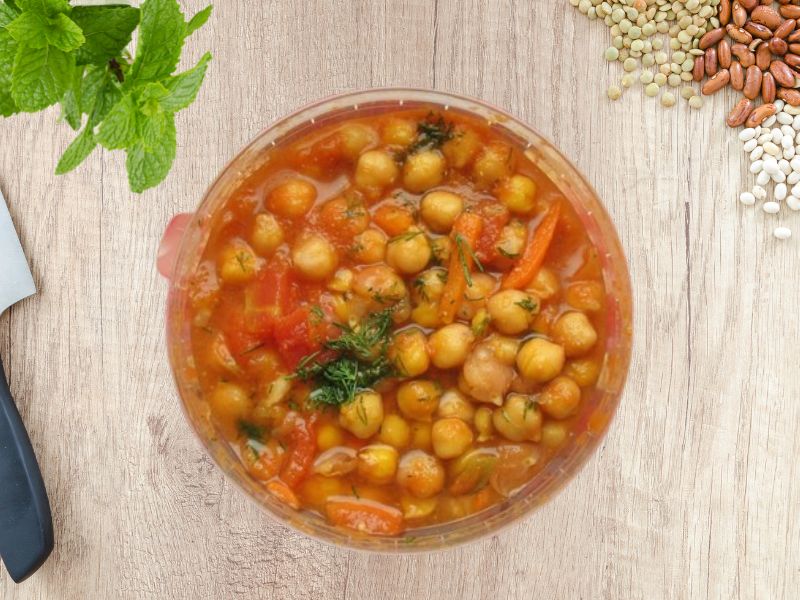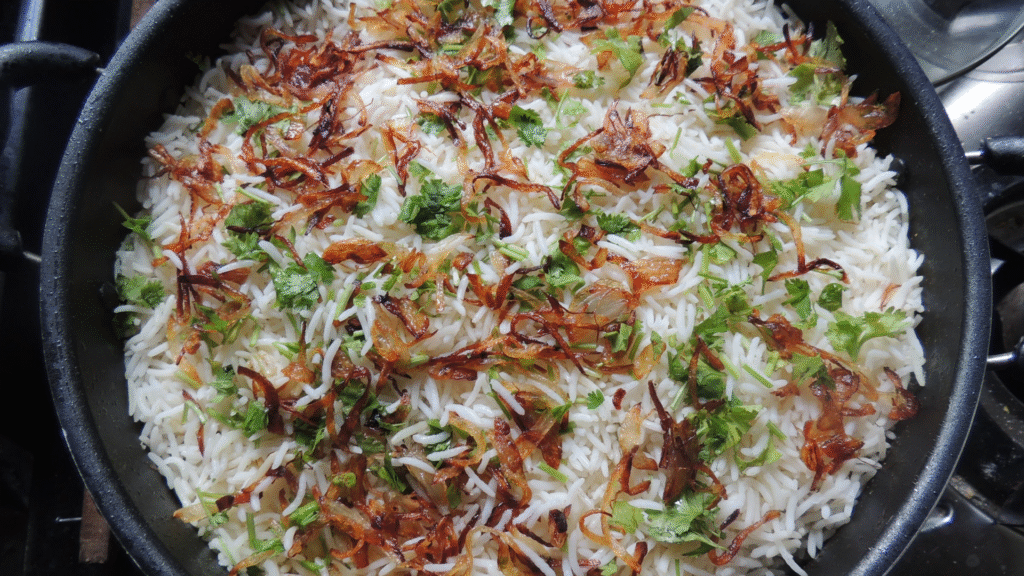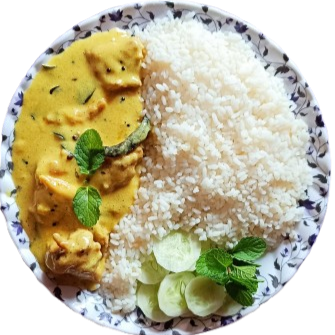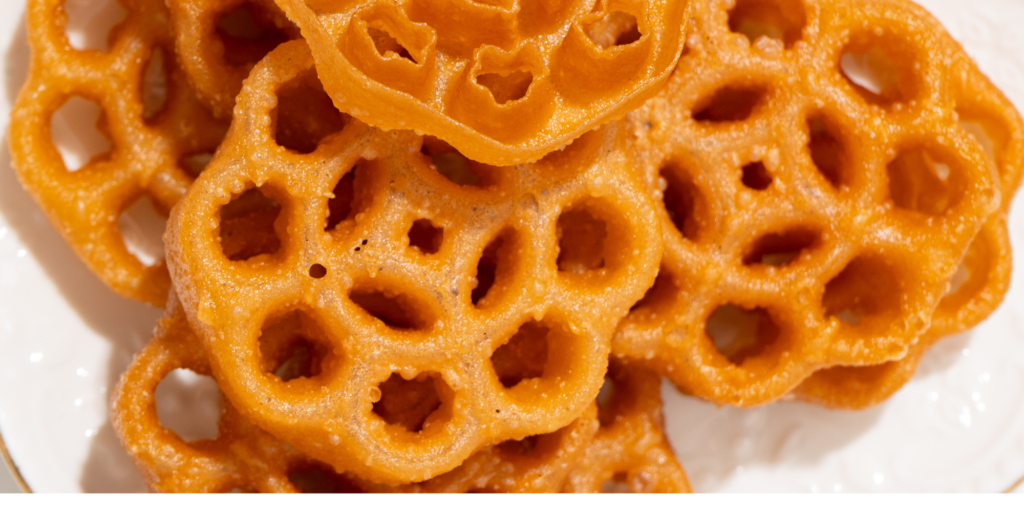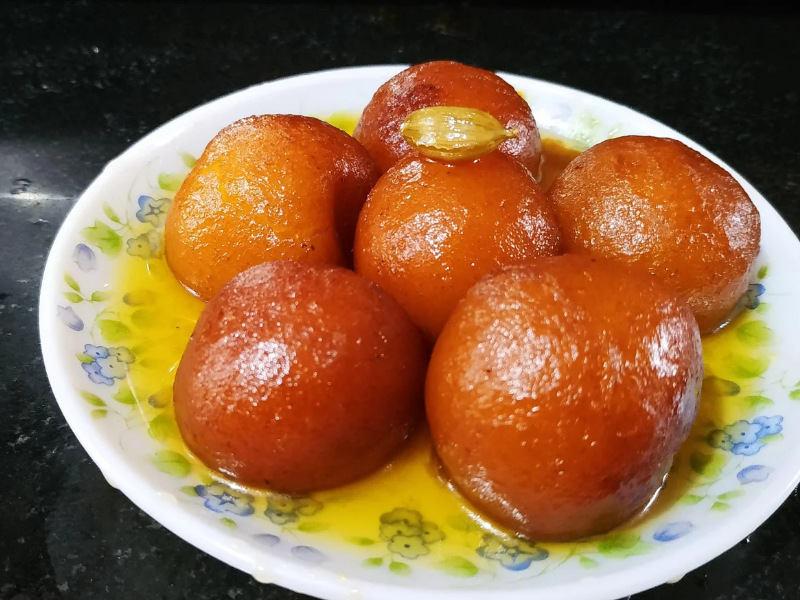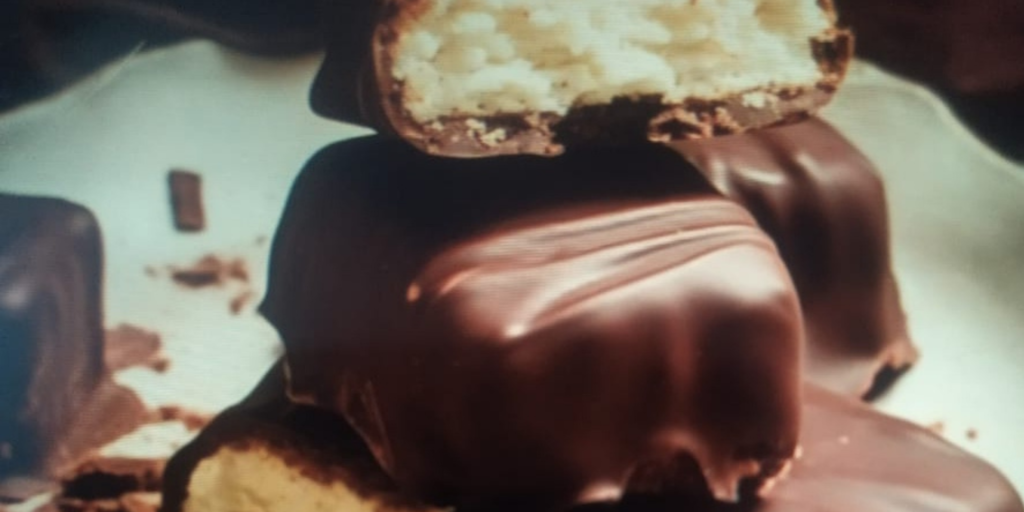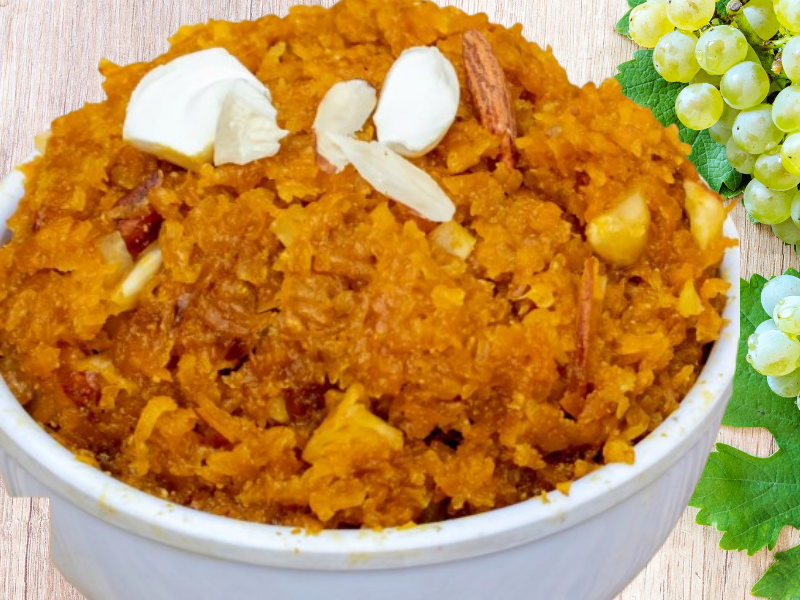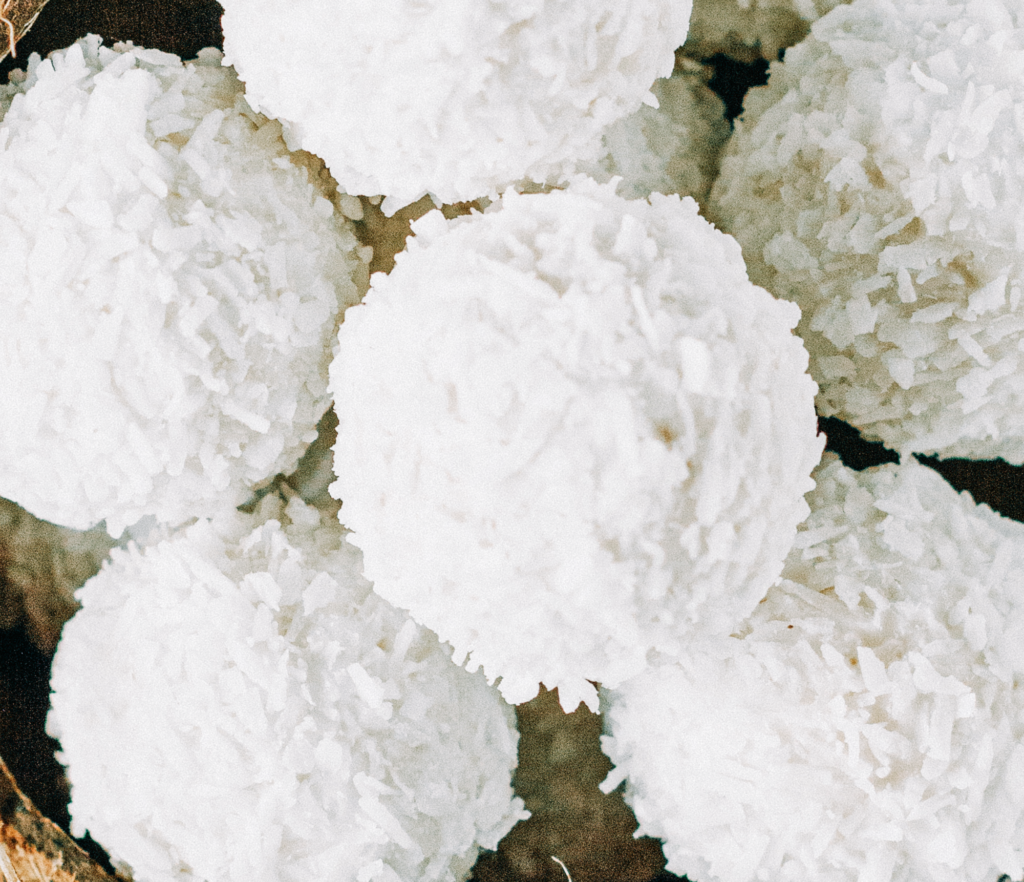Here, you’ll find a detailed and easy-to-follow guide to making Poha | Easy Kanda Batata Poha Recipe at home. From the ingredients list to step-by-step instructions, this post covers everything you need to prepare a light, flavorful, and nutritious Indian breakfast using flattened rice, onions, potatoes, and spices. Whether you’re a beginner or looking to perfect your method, this recipe is quick, customizable, and ideal for busy mornings.
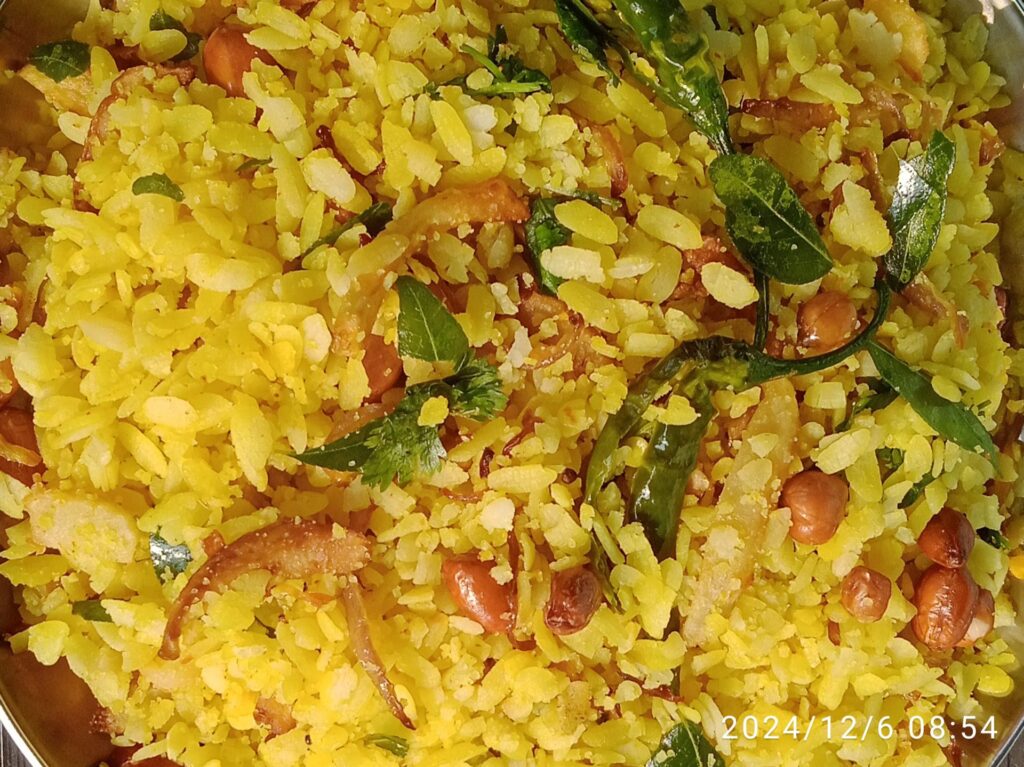
About this Poha (Easy Kanda Batata Poha Recipe)
Poha (Easy Kanda Batata Poha Recipe) is a light, flavorful, and wholesome Indian breakfast made with flattened rice, sauteed onions, soft potatoes, peanuts, and aromatic spices. This quick and satisfying dish is perfect for busy mornings or a comforting evening snack, offering the ideal balance of taste, texture, and nutrition.
If you’re wondering, what is Kanda, Batata, Poha means? — let’s break it down. Kanda means onion, and Batata means potato in Marathi, the regional language of Maharashtra, where this version of poha originates. Poha refers to flattened rice, which is known by different names across India. In Hindi, it’s commonly called chivda or chuda, in Bengali it’s chire, in Tamil it’s aval, and in Malayalam it’s avalakki. Despite the varied names, the ingredient and its comforting charm remain the same throughout the country.
This Easy Kanda Batata Poha recipe is not only a taste of Maharashtra but a dish that connects diverse regions through one humble yet versatile ingredient — flattened rice. Whether you enjoy it with a squeeze of lemon or a sprinkle of sev on top, poha continues to be a favorite across generations.
Health Benefits of Poha (Easy Kanda Batata Poha Recipe)
Poha (Easy Kanda Batata Poha Recipe) is not just delicious and quick to make—it’s also packed with health benefits that make it a smart choice for your daily breakfast or snack.
Flattened rice (poha) is light on the stomach and easy to digest, making it ideal for all age groups. It’s a great source of healthy carbohydrates that provide energy without making you feel heavy. The inclusion of onions (kanda) and potatoes (batata) adds fiber and essential nutrients like vitamin C, potassium, and iron.
One of the key benefits of Poha (Easy Kanda Batata Poha Recipe) is that it’s naturally gluten-free and low in calories. The addition of turmeric in the recipe brings anti-inflammatory properties, while lemon juice enhances iron absorption. When you add peanuts, you also get a boost of protein and healthy fats, making the dish more balanced and filling.
Whether you’re looking for a light start to your day or a nutritious snack, this poha recipe offers the perfect combination of taste, texture, and health.
Ingredients For Poha (Easy Kanda Batata Poha Recipe)
To make the perfect plate of Poha, gather the following ingredients:
- Flattened rice (Poha) – 2 cups
- Onion – 1 medium,
- finely chopped Green chilies – 2,
- slit or chopped Potato – 1 small, diced (optional)
- Peanuts – 2 tbsp (optional)
- Mustard seeds – 1 tsp
- Cumin seeds – 1/2 tsp
- Turmeric powder – 1/2 tsp
- Curry leaves – 8-10
- Lemon juice – 1 tbsp
- Sugar – 1/2 tsp (optional)
- Salt – to taste
- Fresh coriander leaves – for garnish
- Oil – 2 tbsp
How to Make Poha (Easy Kanda Batata Poha Recipe) Step By Step Photo Guide
Step 1: Prepare the Poha (flattened rice)
Begin by gently rinsing the Poha under cold water in a colander—do not soak it in water. It should only be rinsed once or twice to remove dust and surface starch. After rinsing, let it sit undisturbed for 1 to 3 minutes to soften. Be careful not to over-soak; you want it to absorb just enough moisture to become soft but not mushy. Then fluff it gently with a fork.
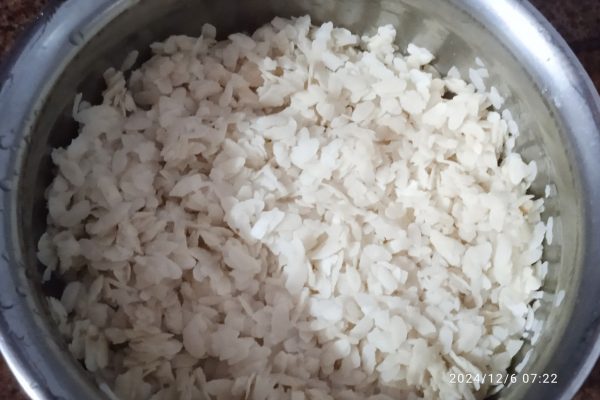
Step 2: Fry the peanuts (if adding it)
In a medium skillet, heat 1 tbsp oil and toast the peanuts till golden brown. Remove and set aside.
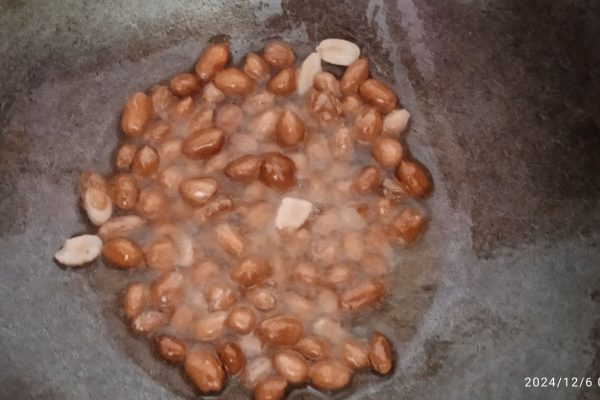
Step 3: Seasoning the Spices
Heat the remaining oil in the pan. Once hot, add mustard seeds and allow them to splutter. Then add cumin seeds, followed by green chilies and curry leaves. Let the spices sizzle in the oil for a few seconds until fragrant, allowing the oil to absorb their flavors.
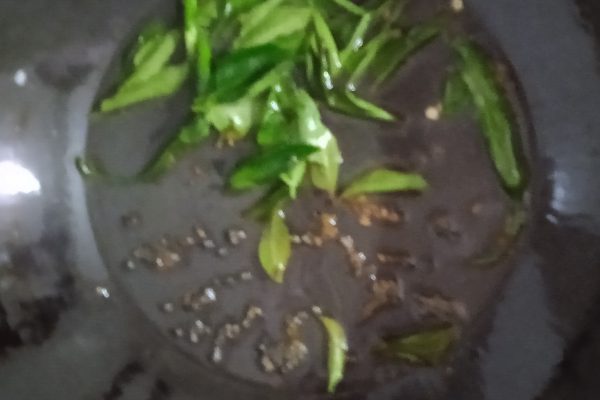
Step 4: Cooking the onions and potatoes
Add the chopped onions to the pan and saute until translucent. If you’re including potatoes, add them now and cook until they’re somewhat soft. This phase will take approximately 3-4 minutes.
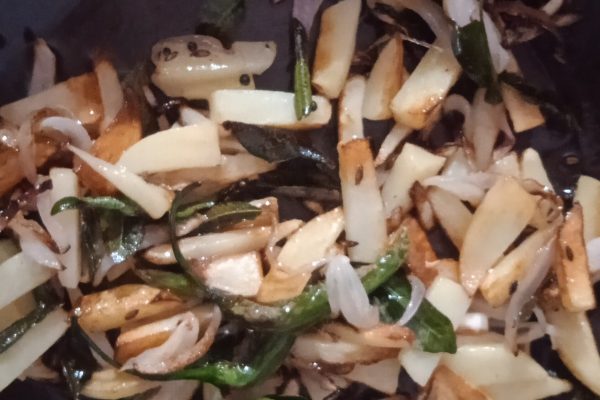
Step 5: Add Tarmeric powder and salt
Sprinkle turmeric powder and salt over the mixture, stir gently to coat evenly, and saute for 1 minute to remove the raw flavor of turmeric and enhance the aroma.
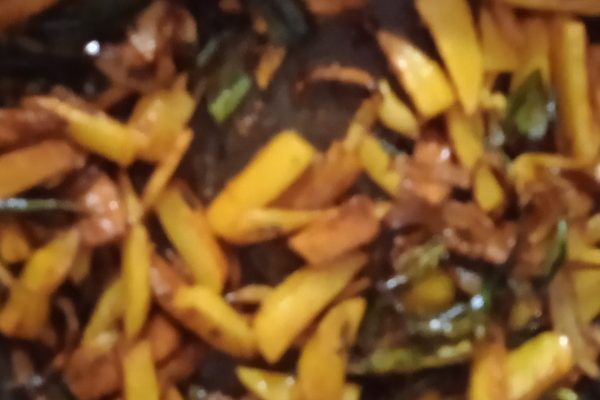
Step 5: Combining everything.
Add the softened poha to the pan. Gently stir to uniformly distribute the spices, making sure the Poha does not break apart. If you prefer a little sweetness, sprinkle with sugar. At this point, add the roasted peanuts and mix well.
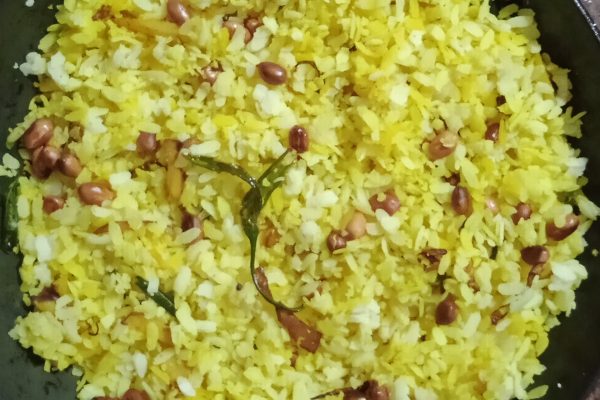
Step 6: Finishing Touches
Remove from the heat and squeeze fresh lemon juice over the poha. Stir to ensure that the sour taste permeates throughout. Sprinkle with chopped coriander leaves for a blast of freshness.

Serving Suggestions For Poha (Kanda Batata Poha )
Poha (Easy Kanda Batata Poha Recipe is best enjoyed hot and fresh. Here are some delicious ways to serve it:
With Lemon Wedges: Serve with extra lemon wedges on the side for those who enjoy a tangy kick.
Garnish with Sev: Top with crunchy nylon sev or bhujia for added texture and flavor.
With Curd or Yogurt: Pair it with a spoonful of plain curd for a cooling contrast.
Accompanied by Masala Chai: A hot cup of Indian masala chai makes it a complete and comforting breakfast.
Add Pomegranate Seeds: Sprinkle some fresh pomegranate seeds for a pop of color and natural sweetness.
Serve with Coconut Chutney: For a South Indian twist, serve it with coconut chutney on the side.
This versatile dish can be served as breakfast, brunch, or a light evening meal. Adjust the toppings and sides to suit your mood or the season!
Pro Tips for Perfect Poha (Kanda Batata Poha)
1. Do Not Soak Poha
Always rinse poha gently in a colander and let it sit for 1–3 minutes. Never soak it in water—this prevents it from turning mushy.
2. Fluff Before Cooking
After resting, fluff the poha with a fork to separate the grains and avoid clumping.
3. Choose the Right Poha
Choose the right thickness. Medium or thick poha works best for this recipe as it holds its shape during cooking.
4. Don’t Skip Peanuts
Roasted peanuts add crunch and protein—toast them separately for best texture.
5. Lemon at the End
Add lemon juice after turning off the heat to retain its fresh, tangy flavor.
Frequently Asked Questions (FAQS)
Q1: Why is my poha mushy?
Poha turns mushy when it’s soaked for too long or absorbs too much water. Always rinse flattened rice gently in a strainer just until it softens (1–2 minutes) and then drain. Avoid soaking it in a bowl of water.
Q2: What are the ingredients in Kanda Poha recipe?
Typical ingredients in Kanda Poha include:
Flattened rice (poha), Onions (kanda), Green chilies, Mustard seeds, Curry leaves, Turmeric powder, Salt, Lemon juice, Coriander leaves, Peanuts (optional) and Oil.
Q3: What is Kanda Batata Poha?
Kanda Batata Poha is a popular Maharashtrian breakfast dish made with onions (kanda) and potatoes (batata) sauteed with spices and mixed with softened poha. It’s flavorful, quick to make, and often garnished with coriander and lemon.
Q4:Is flattened rice good for health?
Yes, flattened rice is a light, easily digestible carbohydrate source. It’s low in calories and fat, and when combined with vegetables and spices, it becomes a balanced and wholesome meal.
Q5:What is flattened rice made of?
Flattened rice is made by parboiling whole rice grains, then flattening them with rollers and drying. The process retains most nutrients, making it a quick-cooking option.
Q6: Can I eat poha daily?
Yes, poha can be eaten daily if prepared healthily—with minimal oil and plenty of vegetables. It’s filling, gentle on the stomach, and a good choice for breakfast or a light meal.
Q7: Is poha a junk food?
No, poha is not junk food. It’s a traditional Indian dish often made with nutritious ingredients. However, deep-frying or excessive use of oil or sugar-based toppings can reduce its health value.
Q8: Can I use thick or thin poha for Kanda Poha?
Thick poha is ideal for Kanda Poha because it holds its shape after rinsing and doesn’t become mushy. Thin poha is better for quick snacks like chivda and doesn’t require soaking.
Q9: Can I make poha without onions or potatoes?
Yes, poha is versatile. You can make it without onions (Kanda) or potatoes (Batata) and still enjoy a delicious meal. Add grated carrots, green peas, or even sprouts for variety and nutrition.
Q10: Why does my poha turn dry or hard after cooking?
This usually happens when the poha is not rinsed or moistened properly before cooking. Always rinse poha under running water in a strainer for 1–2 minutes and let it sit for a few minutes to absorb moisture. Also, avoid overcooking it on high heat, which can dry it out.

